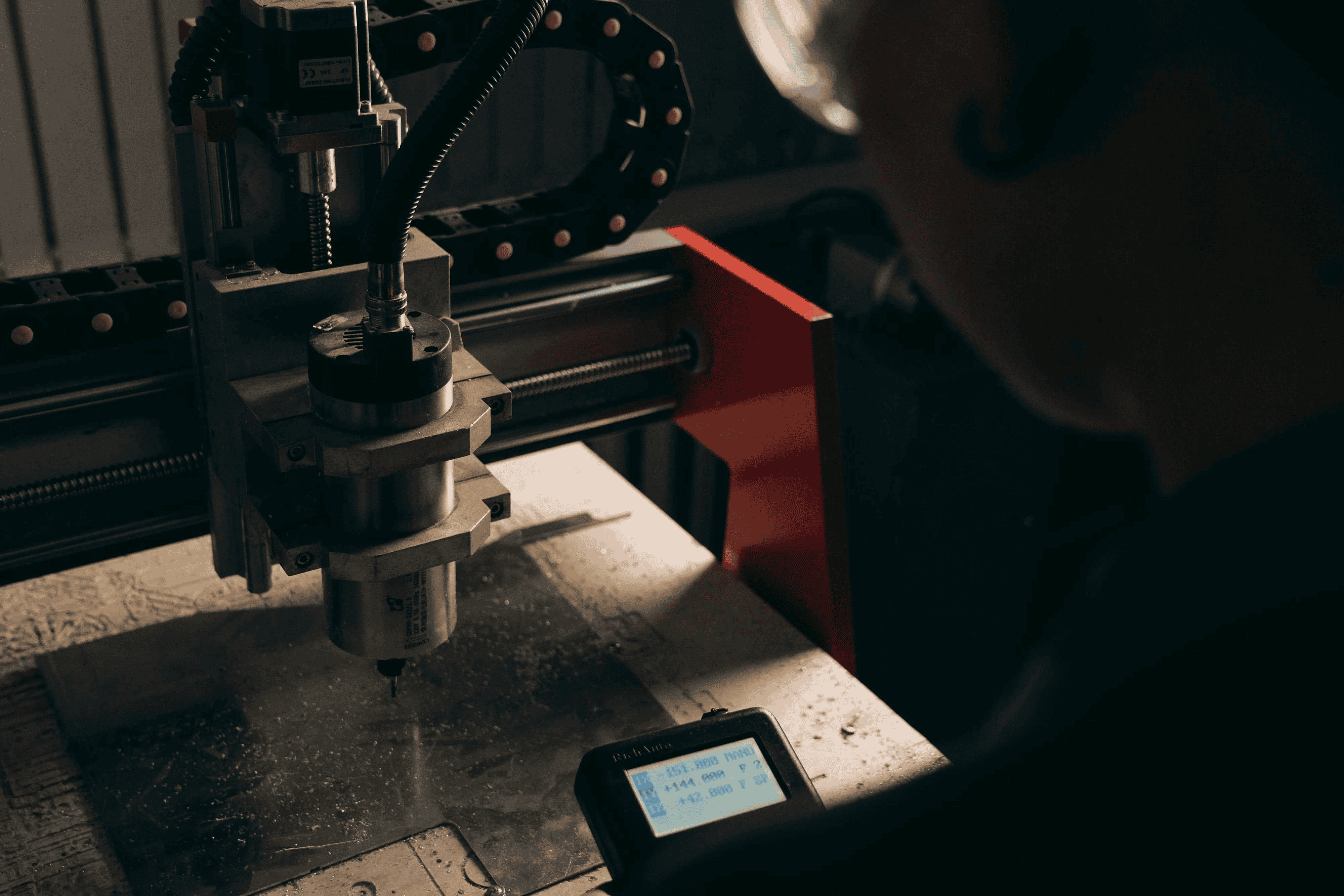Custom Fabrication

High density bike racks aim to park the most bikes in the least space while keeping loading intuitive and fast. The best plans balance capacity with comfort, so riders can roll in, lock up quickly, and roll out without a tangle. Core decisions include rack type, spacing, and aisle width. Good layouts prevent handlebar clashes and keep pedestrian paths open. The outcome is a calm, predictable parking zone that invites daily use.
High density options range from simple inverted U racks arranged in a tight grid to two tier systems that stack bikes vertically. In tight footprints, vertical racks with alternating heights can increase yield while maintaining reach for shorter riders. Two tier models often add lift assist for easier loading, which matters as e bikes get heavier. For open plazas, rows of U racks remain a favorite thanks to intuitive approach from either side and strong locking points.
Spacing makes or breaks capacity. A common rule is 24 inches center to center for U racks in a row, with 6 feet of aisle space for two sided access. Staggered mounting can tighten spacing toward 18 to 21 inches when handlebars alternate, but only when the aisle allows clear maneuvering. For vertical rails, alternating hook heights reduces handlebar overlap. Avoid decorative wave styles that look tidy but yield fewer usable locks per foot. Plan for peak moments by distributing racks across multiple entries to prevent choke points.
High density metal bike racks engineered for high capacity bike parking at an urban campus install
Metal bike racks dominate public projects because they stand up to weather, abuse, and daily loads. Galvanized steel resists corrosion in wet climates and near deicing salts. Powder coated steel adds color coding for zones or wayfinding while protecting steel from chips and rust. Stainless steel offers a clean finish and high corrosion resistance in coastal settings, though it comes at a premium. Whatever the alloy, round tube or formed plate construction should avoid sharp edges and provide full support for frame and wheel.
Anchoring is as important as the rack itself. Surface mounted bases with tamper resistant anchors speed installation on sound concrete. For new construction, in ground embeds create a permanent, theft resistant connection. Where slab quality is uncertain, core drilling to reach competent sub base helps. Always isolate coatings from concrete edges to reduce moisture wicking and extend finish life. On pavers, use a slab or beam below to stop wobble and keep alignment true.
Select finishes based on exposure. Hot dip galvanizing before powder coat delivers a belt and suspenders approach for long service in high use zones. In snowy regions, plan maintenance cycles for touch up paint on scrapes and consider sacrificial zinc rich primers. Drain holes inside hollow sections prevent trapped moisture. For coastal projects, specify stainless hardware and isolate dissimilar metals to avoid galvanic corrosion.
High capacity bike parking begins with demand modeling. Count peak hour arrivals, note bike types, and observe dwell times. Universities and transit stations often stack peaks, so plan diversified zones near each desire line rather than one massive corral. Keep sightlines open for natural surveillance and place racks near lighting for night use. Consider ADA routes and keep a clear corridor free of pedals and handlebars. Near entries, add short stay racks for quick turnover and place long stay racks deeper so commuters do not block doorways.
Cargo and adaptive bikes need extra width and longer stalls. Reserve a few bays with wider spacing and floor level locking points. For e bikes, provide charger ready conduit and protected outlets where allowed by code. Place signage at eye level so visitors can find overflow zones before a queue forms. On event days, a modular rail system allows temporary expansion without losing clear fire lanes. Smart details like wheel stops, curb edges, and bollards keep cars out and bikes in.
Riders choose locations that feel safe. Place racks within sight of active windows or attendants. Offer two points of contact so a U lock can capture frame and wheel. Use color to mark zones, like blue for short stay and green for long stay. Add simple arrows on pavement to guide traffic and reduce cross flow conflicts.
As your project moves from plan to reality, you may need custom mounts, rail lengths, or site specific steel work that integrates with benches, bollards, or shelters. For tailored metal solutions that match your layout and withstand daily use, see our custom fabrication. If you want to understand the full scope, from metals and finishes to precision cuts, explore our fabrication services. Curious how we approach durability, user flow, and handoff on every build? Learn more at why choose OZK Customs.
A well executed plan for metal bike racks turns a crowded plaza into orderly mobility. With the right combination of high density bike racks, sound materials, and clear circulation, you get reliable, high capacity bike parking that users trust day after day. Share your site constraints, target capacity, and finish preferences and we will help you get from concept to installed.
Ready to turn a crowded corner into organized, high capacity bike parking? Tell us about your site, timeline, and goals. Our team at OZK Customs designs and fabricates metal solutions built for daily use, clean flow, and long life. Share your project details and get a tailored estimate today.
ADDRESS:
6159 E Huntsville Rd, Fayetteville, AR 72701
PHONE:
(479) 326-9200
EMAIL:
info@ozkvans.com